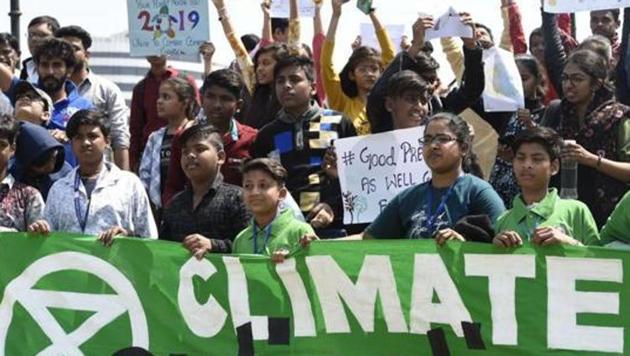How cities can lead the charge on climate change | HT Editorial
They must reduce carbon footprint, and invest in resilient infra and green defences
By 2050, large portions of Mumbai may be under water due to the sea level rise, if emissions are not kept in check, says a new study by American scientific research organisation, Climate Central. The key reason behind the sea level rise is thermal expansion of sea water and melting of glaciers due to rise in global temperatures. The main effects of sea level rise will include coastal flooding, higher storm surges and displacement of population.

It is clear from the study that Indian cities, irrespective of where they are located, need to plan and invest more in climate resilience for their survival, and also because disruptions will have a domino effect on other cities too in the form of migration. To do so, first, cities must reduce their carbon footprint. Second, they must strengthen their natural defences (such as mangroves and wetlands), which most are destroying at a rapid pace in their desire to develop. The Climate Central report also underlines the importance of such defences when it says that Mumbai’s green zones are likely to survive the rise in sea levels, while many other areas won’t. Third, invest in the right kind of infrastructure, taking into account the fact that these systems must be good enough not just to withstand extreme weather events, but also come back into operation quickly as and when disaster strikes. A recent (September 2019) GoldmanSachs report said cities will be on the frontline of the need to adapt because they are home to more than half the world’s population and generate roughly 80% of global GDP. Given the scale of the task, urban adaptation will likely need to draw on innovative sources of financing.
Last, urban adaptation may raise questions of fairness — such as which cities can support adaptation and which cannot, or where limited resources should be directed within cities. The central and state governments must ensure that there is equity in the adaption process so that the poor are not left out.






